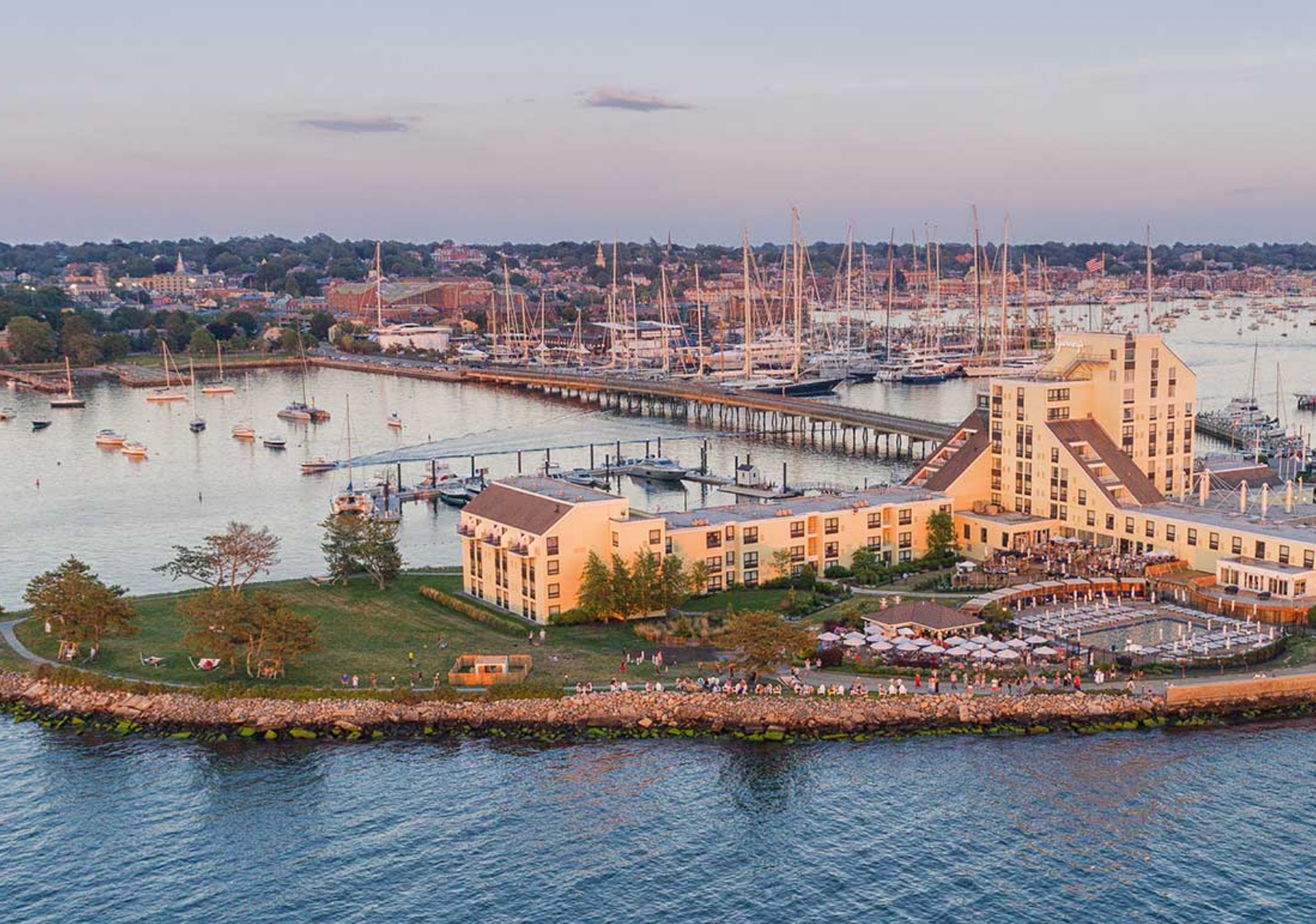It’s been crazy.
That holds for everybody over these past six months; UConn and the Physics Department as well. Events unfurled rapidly last March. Within a week the March Meeting of the APS was cancelled, our department had to postpone the 2020 Katzenstein Lecture with Donna Strickland, and then the University announced that students would not return to campus after spring break, with classes moving online and research labs shut down. The work of the department is now ramping back up, though many courses will remain online through spring semester 2021.
The Physics Department has seen turnover in personnel. Three long time faculty members have left the department this summer: Phil Gould has retired, Robin Cote has moved on to be the Dean of Science at UMass Boston, and Susanne Yelin has taken a position at Harvard. All three will maintain ties with us for the foreseeable future. We have some new faces as well. Professors Daniel Angles-Alcazar and Chiara Mingarelli were hired in fall 2019 on bridge positions with the Center for Computational Astrophysics of the Simons Foundation. They both spent 2019-20 at CCA, coming to Storrs full time this fall. We have hired Professor Chris Faesi to complete our initial construction of an Astrophysics group, though he will delay his start at Storrs until fall 2021. We also have hired Professor Erin Scanlon to a position at the Avery Point campus, though during 2020-21 she will spend some time at teaching at Storrs. Another addition to our department is University President Thomas Katsouleas. He is a plasma physicist with academic appointments in Electrical Engineering and Physics. Apparently, his other duties keep him busy, but he has managed to attend a few department events and a faculty meeting.
Despite the pandemic, the department has had notable events and successes. I highlight a few here. We moved into our newly renovated building in August 2019. While there have been a host of construction hiccups, the building is now mostly completed. Our new research labs are state of the art, we have new teaching spaces that allow for moving to a new method of teaching introductory physics, and bright airy spaces throughout. In November we hosted Dame Jocelyn Bell Burnell for the 2019 Katzenstein Lecture. The event was a rousing success as we packed the student union theater and had record attendance at the banquet. We have had some great research success. The most prestigious awards given to new faculty members are the CAREER awards from federal agencies. We now have an unprecedented four active CAREER awardees: Professors Andrew Puckett, Daniel McCarron, Jonathan Trump, and most recently Luchang Jin. Congratulations to all four.
Looking forward, the immediate future remains daunting. We anticipate significant pandemic restrictions for another year and budgets for the university and research agencies are unsettled. Yet the department remain strong. We continue innovative work in education and research, we have an increasing number of excellent physics students, and dedicated faculty with a particularly strong young cohort. When the situation allows, please come visit us to see how we are evolving.
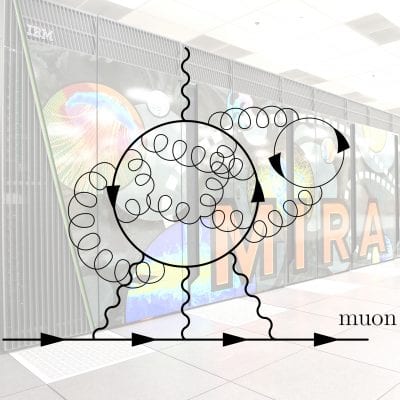
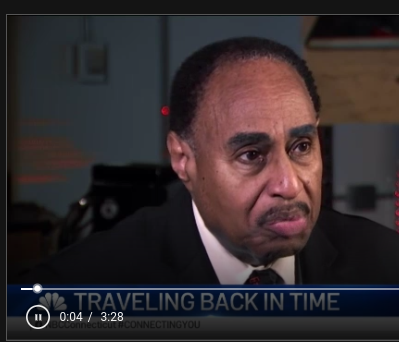
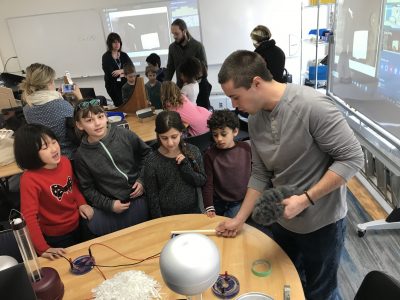
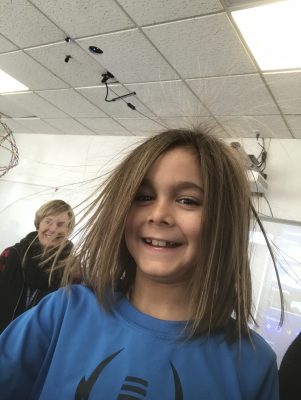
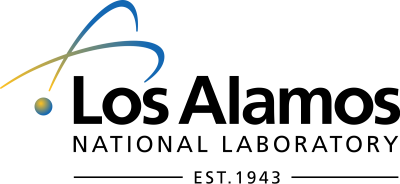 Â Â Â Â
    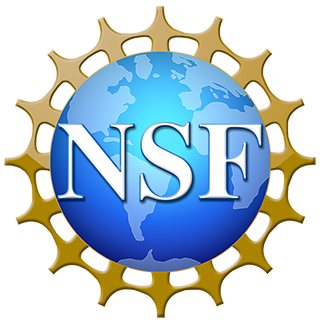  Â
  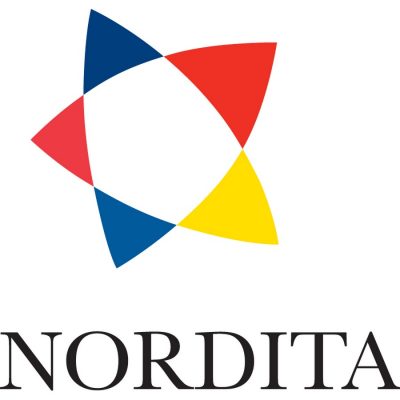 Â
 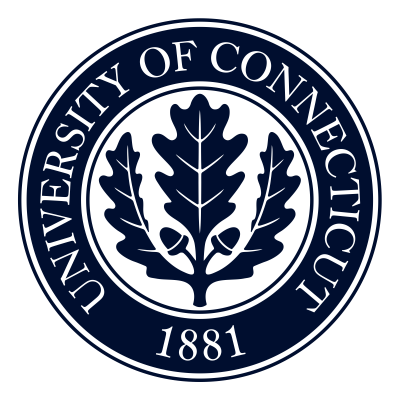
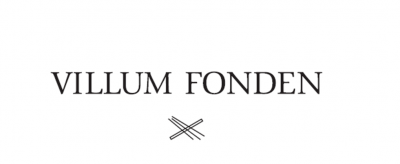
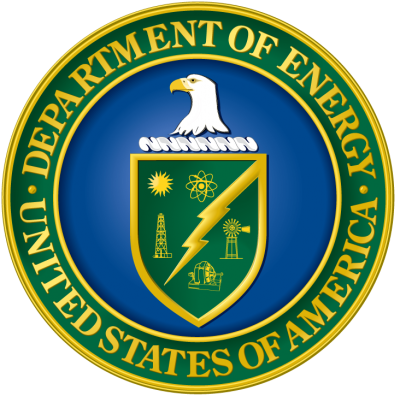 Â
 